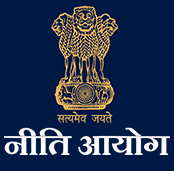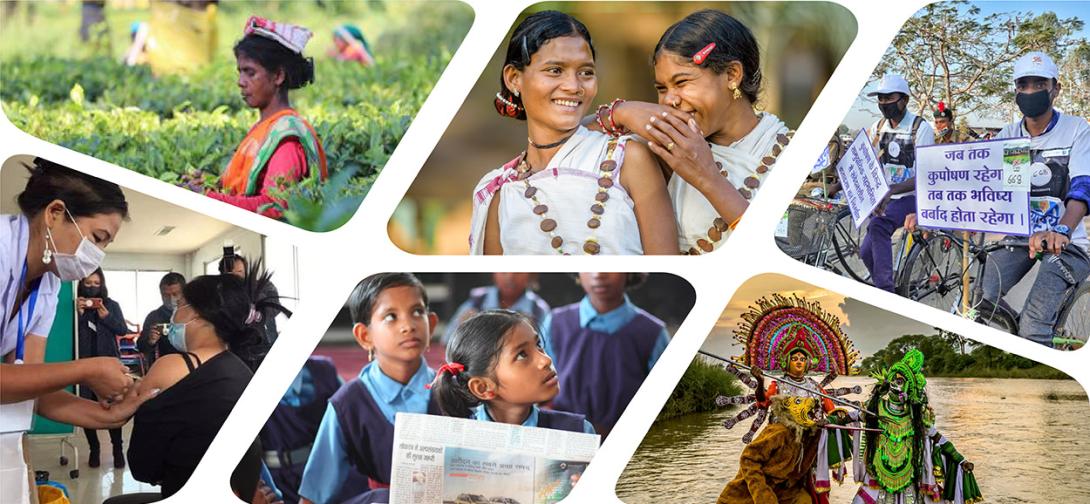Catastrophic Health Spending and Impoverishment of Households While Seeking Hospital Treatment of Children (0-4 years) in India
The principal objective of the study is to estimate the incidence of Catastrophic Health Spending (CHS) in India for the hospitalized children in the age group of 0-4 years. This study also explores possible risk factors associated with catastrophic health spending by households in India.
The unit level data from 75th round of the (2017-18) National Sample Survey (NSS) has been used and all the 4,564 hospitalized children (0-4 years) in the last one year preceding to the survey period were taken out of 3,939 households for the study. CHS is defined as household health spending exceeding 10% of household consumption expenditure.
Households experienced CHS nearly 4 times higher (37 percent) in private hospitals as compared to public hospitals (10 percent) due to high out of pocket payments. More than half of the households (52 percent) experienced CHS when treatment was taken for the children 1-2 years in private hospitals. Nearly two-thirds of the households belong to poorest communities experienced CHS whereas 27 percent of the richest communities experienced CHS in private hospitals.
Households experienced CHS in private health facilities were higher in almost all the states (except Delhi) compared to the households experienced CHS in public health facilities. Almost all the households experienced CHS while taking treatment in private health facilities in the states of Arunachal Pradesh (100 percent), Goa (91 percent) and Lakshadweep (91 percent). Among the states, significant number of households (75 percent) in Goa have experienced CHS, while more than half of the households in Andhra Pradesh (53 percent) have experienced CHS in both the health facilities (Public and Private).
The survey results reveal that a majority of the households (84 percent) experienced CHS in private hospitals due to Cardio-vascular diseases. This is followed by eye diseases (81 percent), injuries (74 percent), neo-natal related diseases (64 percent) and other diseases (59 percent). On the other hand, more than one-third of the households (38 percent) experienced CHS in public hospitals due to various eye related diseases.
On analyzing the data by broad type of diseases, nearly three-fourths of the households (74 percent) experienced CHS due to the treatment of injuries in private health facilities and more than half of the households (51 percent and 53 percent) experienced CHS due to non-communicable and other diseases.
While seeking treatment for the children (1-4 years), households were less likely to experience CHS (OR: 0.71 ; p-value 0.00) compared to the households seeking treatment for the children less than one year and it is statistically significant. The MPCE quintile showed a considerable positive association with the CHS on the households.
The households belong to richest (OR: 0.35; p-value 0.00) and richer (OR: 0.20; p-value 0.00) were less likely to experience CHS as compared to the households belong to poorest MPCE quintile. Children those who were admitted in special ward likely to experience about 13 times more (OR: 13.26; p-value 0.00) CHS as compared to free inpatient care.
The present study also analyzed the household’s economic status pre and post health care expenditure of the children. More than half of the households (56 percent) belong rich wealth quintile before the expenditure on treatment (OOPE) whereas this percentage has come down to 46 after the OOPE. It is surprising to note that due to heavy out of pocket expenditure on health care, about 388 households belong to rich were moved to middle and poor wealth quintile.
About 29 percent of households in India experienced CHS while seeking treatment for the children less than 5 years of age due to high pocket payments. It is very clear from the study that many households are becoming poor and many more are being trapped into poverty due to health care payments for the treatment of children in the age group of 0-4 years.
The analysis of determinants of CHS indicates that a stable livelihood acts as a wall against CHS and seeking care from public hospitals still proves catastrophic for households. Improving and expanding the current health insurance coverage through Ayushman Bharat and moving toward universal health insurance coverage are the most effective ways of shielding the population from the impoverishing effects of CHS.
It is also suggested to provide free treatment to the vulnerable segment of the population for the treatment of heart diseases, which was already done for treatment of tuberculosis in India. The coverage and the insurance amount of the RSBY are very low and need to be enlarged.
The expansion of the NPCDCS to all the districts may be helpful in preventing many households from falling into the medical poverty trap. In order to increase access to health care and reduce the burden of household health spending and CHS in India, the National Health Policy (NHP) 2018 aimed to increase public health spending to 2.5% of GDP by 2030. If this implements, it may yield better results in reducing CHS in India.
*Ranganadham Srinadh is Research Assistant, NITI Aayog, and Jeetendra Yadav is Technical Officer (B), National Institute of Medical Sciences (NIMS), ICMR. Views expressed are personal.
 National Portal Of India
National Portal Of India 







